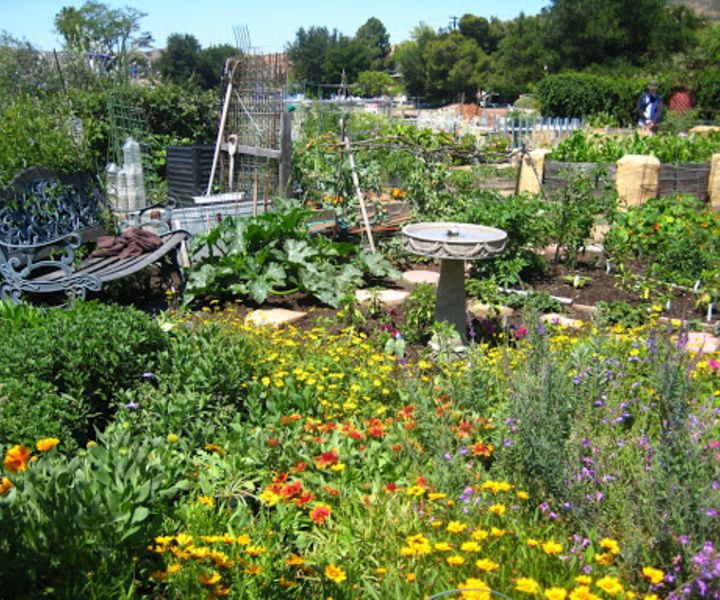
Its lesser known use is as a powerful natural pesticide that is harmless to bees. Neem oil: neem is a plant that has had numerous medicinal uses for thousands of years it's even known as 'the healing plant'.

This doesn't mean you can't use any pest control in your garden, but there are powerful natural pesticide alternatives that are kind to bees, pets, and humans, but are great at getting rid of harmful pests. In fact, commercial pesticide use is one of the major reasons for the decline in bee populations worldwide moreover, harsh pesticides have been linked to health conditions in humans, so it's best to avoid them even if your primary goal for creating an eco-friendly garden isn't saving the bees. If you are planning a bee friendly garden, chemical pesticides are out of the question and organic gardening is a must. Bees' preference for purple is a bonus, too, since it's one of the most popular colour choices for planting schemes. In fact, you can even relax your weeding regimen a bit, since bees love dandelion nectar, and it's an important source of food in spring, when there are not that many flowers about yet. The good news is that a lot of these plants are classic gardeners' choices anyway, so you don't necessarily have to plan a bee-friendly planting scheme in order to have some of them in your garden. If you are unsure about which flowering species are native, simply go for a 'wildflower mix' seed pack and sprinkle it over your borders.

Mints, including peppermint, spearmint, and catmint: mint is both an attractive food source and a natural antibiotic, like lavender and rosemary.Purple flowers, such as allium, agapanthus, buddleja: bees see purple better than any other colour, so the more purple flowers you have in your garden, the better. Browse more purple flowering plants in our gallery.Herbaceous perennials, such as lavender, thyme, and rosemary: this group of flowering perennials is very important to bees not only are the flowers a rich source of nectar for the bees, but the chemicals contained within the plants help bees combat pests and viruses when they go back to the hive.So, if you want to both feed the bees and help them keep healthy, plant the following plants in your garden: Moreover, there are several plants that contain chemicals that help bee hives fight pests within their colonies.

Ideally, bees need natural meadows to forage for food, but urban gardens do provide an important supplemental source of food, too. One of the biggest challenges for bees today is the lack of food due to agricultural uses of land.


 0 kommentar(er)
0 kommentar(er)
